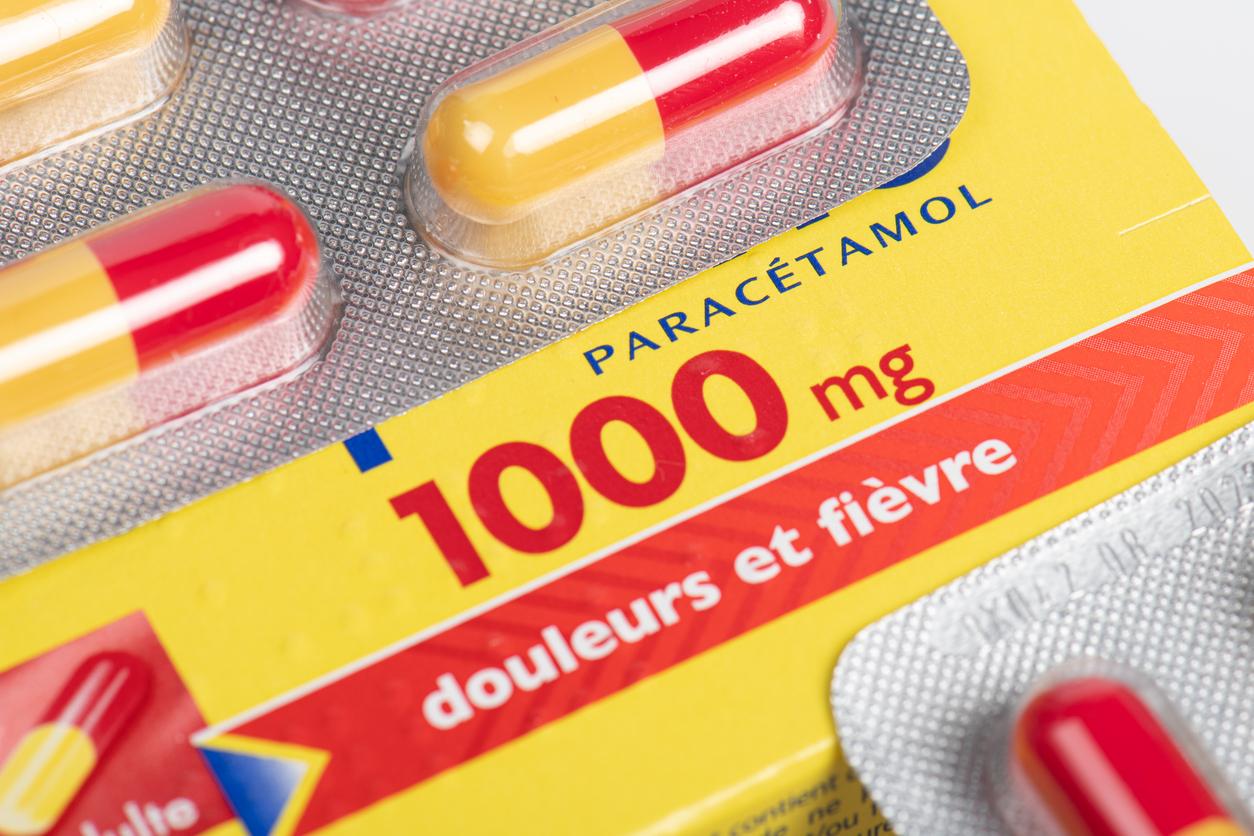Despite advances in medicine, back pain remains a frequent reason for consultation, with acute low back pain in second place. In question, our sedentary lifestyles which make us spend more than 8 hours in a sitting position, but not only. In addition to a sedentary lifestyle, there is a fear of moving, of injuring oneself at the slightest effort or of aggravating the pain when it has set in. These apprehensions slow down our daily physical activity and considerably reduce our movements.
A body stronger than you think
“Everything tells us that our body is made of sugar, that we must avoid making sudden movements, that we must bend our knees to bend down, squeeze our abs to protect himself…explains Olivia Ferrand, osteopath. We are not as fragile as we are led to believe.“The human body is an incredible machine that is capable of constantly strengthening itself. When no pain is felt, no sport is to be avoided and all disciplines are beneficial.
Contrary to popular belief, “there running does not damage the knees or the back. On the contrary, it strengthens the bones, tendons and ligaments while swimming is a good sport, like any other“, underlines our expert. The main thing is therefore to practice a sport that suits us. If there is any discomfort during the practice, we consult and we find a way to continue our activity. When back pain appears, the first instinct is to stop moving.
Yet theimmobilization is the enemy of the back ! Although pain can be a hindrance to sports practice, it is possible and even recommended to maintain physical activity as long as it is bearable. Moreover, Health Insurance encourages new behaviors: in the event of back pain, maintaining or returning to activity, whether physical, daily or professional, is strongly recommended as soon as possible. .
Regain confidence in your body
“Useful, pain is an alarm system that is triggered to protect you by preventing you from stepping on a fracture for example“explains the osteopath before specifying that it is not always correlated to a mechanical cause or damaged tissue. “Practicing a physical activity will therefore not necessarily make it worse.“. This alarm signal tells us rather that something must be done.
In the book she co-wrote with Antoine Couly, physiotherapist, Olivia Ferrand advises, if there are no lesions, to try “identify other factors that may affect your feelings“: sources of stress, the quality of your sleep, morale, resources or movements that do you good. Our expert therefore recommends continuing your usual sport as long as the pain is bearable and does not exceed 4/10 during effort.
And, if the latter increases after the session, we change activity. “You are the actor of your rehabilitation/reathletisation, because only you know your experience and your feelings. In collaboration with the health professional, you experiment and testEverything is therefore a question of dosage, adapting your effort to your feelings.


















